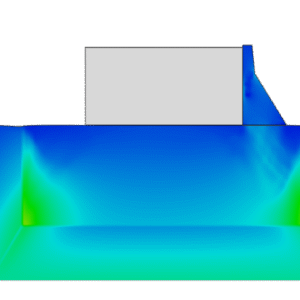Only logged in customers who have purchased this product may leave a review.
Sale!
seismic behavior of composite steel-concrete frame column reinforced with CFRP
€28,00
€45,00 €28,00
Only logged in customers who have purchased this product may leave a review.





Reviews
There are no reviews yet.